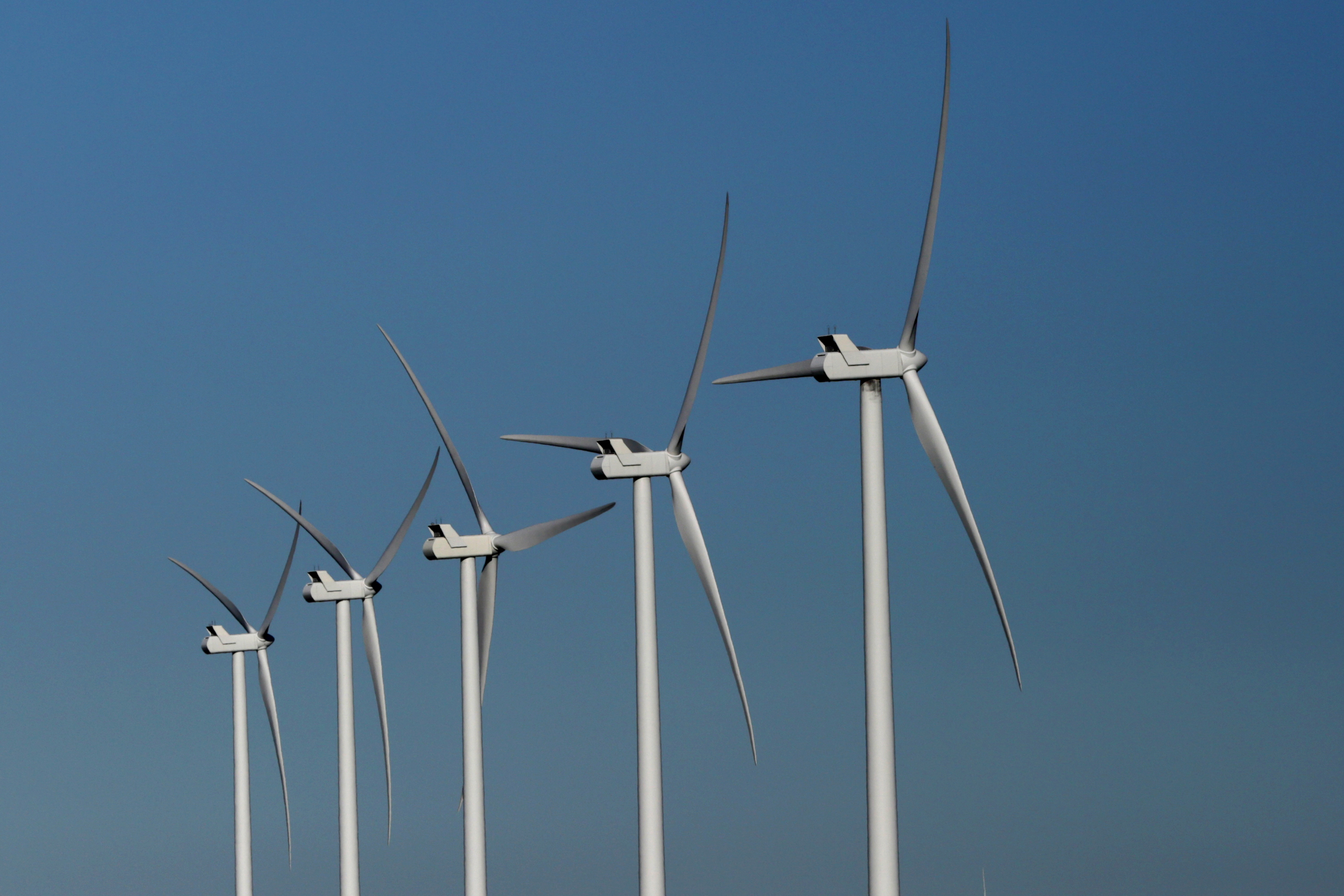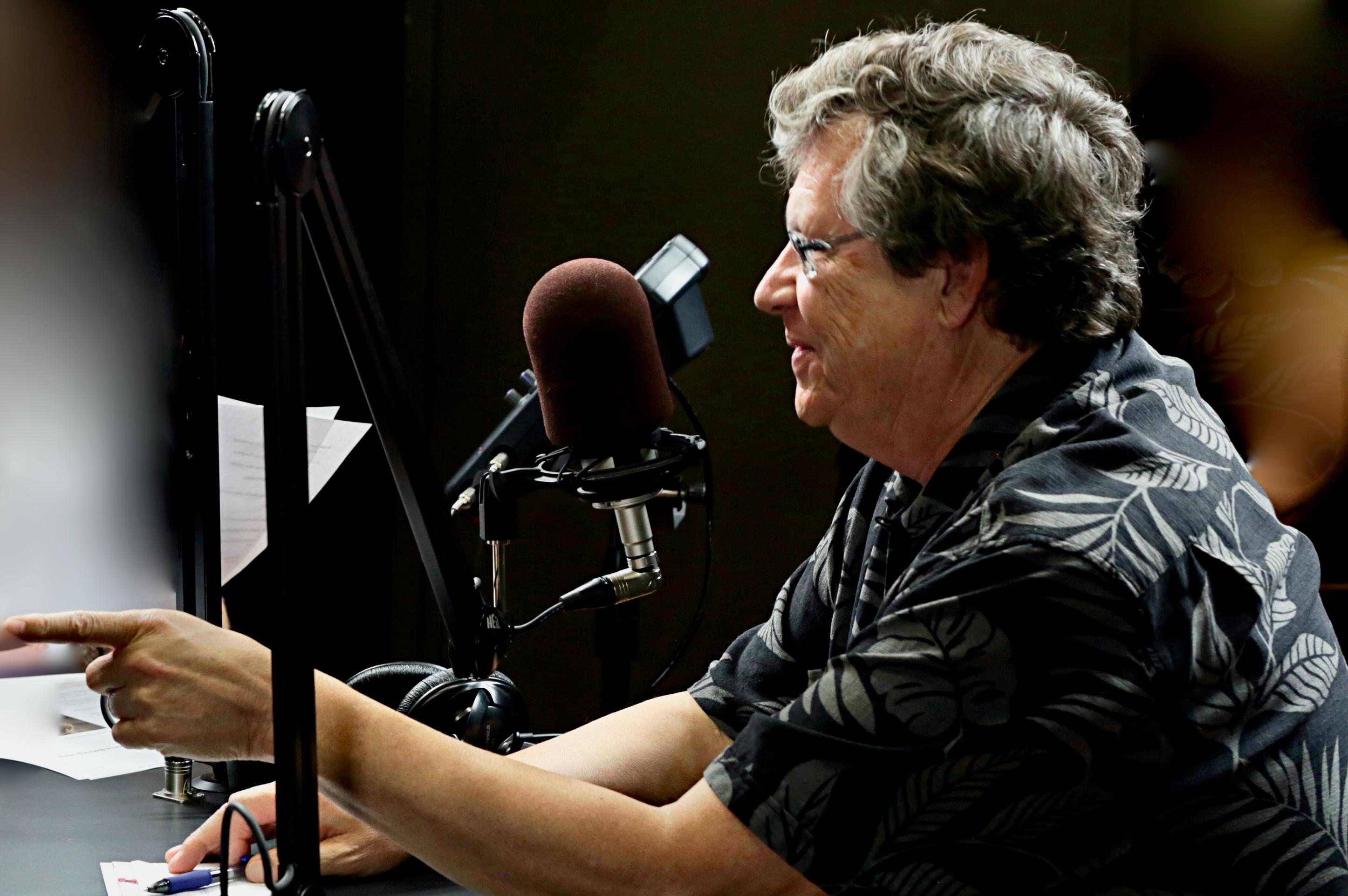
A new paper co-authored by a Colorado scientist calls into question the 100 percent renewable energy goals for the United States promoted by left-leaning politicians and environmentalists.
The paper appears in the current issue of The Proceedings of the National Academy of Sciences.
Its authors say that to get to zero emissions, the country should look beyond wind, solar and hydropower. That could mean nuclear and natural gas coupled with carbon removal technologies that store it underground.
Study co-author Christopher Clack heads up the Colorado-based modeling firm Vibrant Clean Energy. Clack and 20 others critiqued a 2015 paper that modeled an affordable energy transition using just three sources.
"What we're trying to say is that the 100 percent renewable wind water and sun only scenario is one that makes it a lot harder and possibly a lot more expensive,” Clack said.
MIT Technology Review spoke with Mark Jacobson, the lead author of the original report, who is a professor of civil and environmental engineering at Stanford. According to Jacobson, the rebuttal was influenced by “allegiance to energy technologies that the 2015 paper excluded.”
“They’re either nuclear advocates or carbon sequestration advocates or fossil-fuels advocates,” Jacobson says. “They don’t like the fact that we’re getting a lot of attention, so they’re trying to diminish our work.”
Jacobson's response to the critique from Clack and the other co-authors also appears in the PNAS journal.
The study comes as California legislators weigh a bill that would transition the state to 100 percent renewable energy. Two Colorado Democrats running for governor -- Mike Johnston and Jared Polis -- have also declared similar goals.









